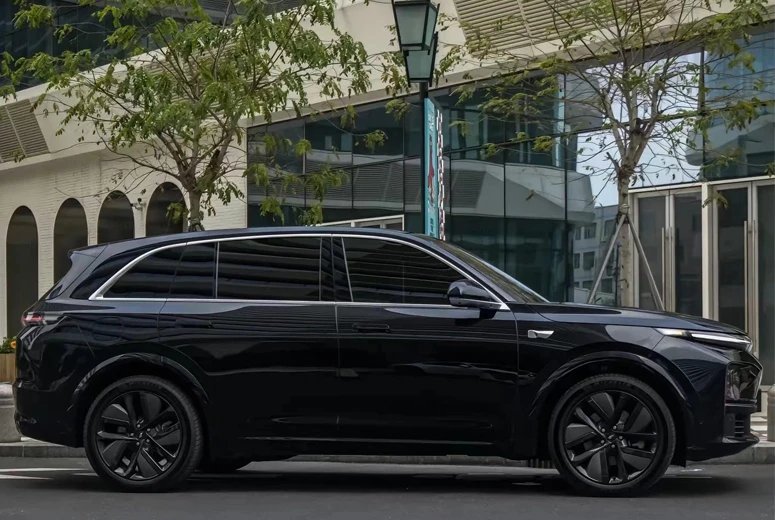Different Categories of Heavy Machinery and Equipment Explained
Types of Heavy Equipment Machines
Heavy equipment machines play a crucial role in various industries, including construction, mining, agriculture, and transportation. These powerful machines are designed to handle large quantities of material, perform heavy lifting, and facilitate extensive earth-moving operations. Understanding the various types of heavy equipment can help businesses choose the right machinery for their specific needs. Here, we will explore some of the most common types of heavy equipment machines.
1. Excavators
Excavators are one of the most versatile heavy equipment machines. They come in various sizes, from mini-excavators suitable for small jobs to large models used in substantial construction projects. Equipped with a boom, stick, and bucket, excavators are primarily used for digging, lifting, and demolition tasks. The hydraulic system allows precise movement and control, making them ideal for trenching, material handling, and site preparation.
2. Bulldozers
Bulldozers are characterized by their large, flat blades attached to the front. They are powerful machines designed for pushing large quantities of earth and debris. Used mainly in construction and mining, bulldozers can clear land, level surfaces, and perform rough grading. The combination of weight and horsepower makes them effective for most heavy dragging activities, and they can navigate rugged terrains due to their tracks.
3. Loaders
Loaders, also known as front-end loaders, are designed to scoop up and transport materials. They come in various types, including wheel loaders and track loaders, which differ primarily in their mobility. Loaders can handle light materials like sand, gravel, and dirt, making them indispensable on construction sites. The front bucket allows them to load trucks or stockpile materials as needed.
4. Cranes
types of heavy equipment machines

Cranes are essential for lifting and moving heavy loads vertically and horizontally. There are various types of cranes, including tower cranes, mobile cranes, and loader cranes, each designed for specific applications. Tower cranes are commonly used in high-rise building construction due to their height and ability to reach over obstacles. Mobile cranes offer flexibility and can be moved from one site to another, making them ideal for various tasks.
5. Backhoe Loaders
Backhoe loaders combine the functionalities of a loader and an excavator. They are compact machines equipped with a front bucket and a rear digging arm. This dual capability allows them to perform digging, trenching, and material handling in a variety of environments. Backhoe loaders are suitable for smaller construction projects where space is limited.
6. Dump Trucks
Dump trucks, or tipper trucks, are essential for transporting loose materials such as gravel, sand, and demolition waste. The design features a hydraulic mechanism that lifts the bed, allowing for quick unloading. Available in various sizes and configurations, dump trucks are vital for construction and mining operations, providing an efficient way to move materials from one location to another.
7. Compactors
Compactors are used primarily for soil and asphalt compaction in construction and road work. They ensure the stability and density of the material being laid down, which is crucial for the integrity of roads and foundation systems. There are different types of compactors, including plate compactors and roller compactors, each suited for specific tasks and surface conditions.
Conclusion
Heavy equipment machines are indispensable in modern infrastructure development and industrial operations. Each type of machinery serves a unique function, maximizing efficiency and productivity across a variety of tasks. Understanding these machines and their capabilities is vital for businesses to ensure they select the right equipment for their projects, ultimately driving success and operational excellence. Whether for large construction sites or small projects, having the right heavy equipment can make all the difference.
-
SINOTRUK HOWO 84 Electric Dump Truck for Eco-Friendly Heavy HaulingNewsJul.26,2025
-
The Fast 16-Gear Manual Transmission Assembly for Heavy TrucksNewsJul.25,2025
-
Mercedes Benz Actros 1848 42 Tractor Truck for Sale - Reliable PerformanceNewsJul.24,2025
-
High-Quality Water Pump Assembly for Sinotruk Trucks – Durable & ReliableNewsJul.23,2025
-
Premium Truck Engine Antifreeze Coolant Fluid for Heavy Duty VehiclesNewsJul.22,2025
-
FOTON View G7 Mini Bus: Affordable & Spacious TransportNewsJul.22,2025
Popular products

























